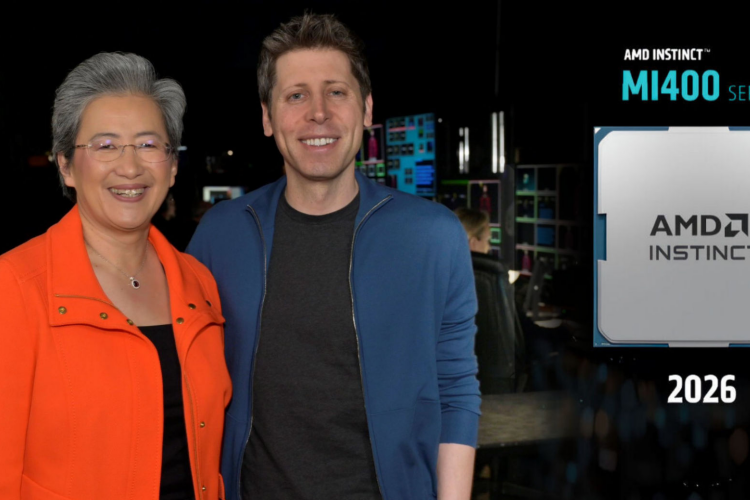Is It "Backstabbing" NVIDIA? OpenAI Forges Alliance with AMD, Not Just Buying Chips but Also Securing Equity Stakes!
![]() 10/09 2025
10/09 2025
![]() 474
474
On October 6th, OpenAI and AMD unveiled a groundbreaking partnership in the realm of AI infrastructure. The two entities are set to forge a long-term strategic synergy, employing a deeply intertwined model that combines "technology and equity."

Specifically, OpenAI has outlined plans to deploy a staggering 6 billion watts of AMD GPU computing power in the coming years. To solidify their strategic alignment, AMD has directly issued up to 160 million ordinary shares to OpenAI, granting the latter a stake of approximately 10% in AMD.
This pact is poised to propel AMD to greater prominence within the AI sector, while also potentially reaping tens of billions of dollars in revenue for the company.
Naturally, such a move has elicited a mixed response. NVIDIA, in particular, finds itself on the receiving end of concerns. On September 22nd, NVIDIA had announced a monumental $100 billion agreement with OpenAI, wherein NVIDIA pledged to invest in OpenAI and construct a 10 billion-watt AI data center for its use.
Now, OpenAI's swift partnership with AMD to construct computing power infrastructure has raised eyebrows. Although AMD's 6 billion watts of computing power falls short of NVIDIA's 10 billion watts, it will nonetheless significantly diminish OpenAI's reliance on NVIDIA. This, in turn, grants OpenAI greater bargaining power and strategic maneuverability in terms of computing power supply.
Beyond NVIDIA and AMD, OpenAI has also inked a $10 billion deal with Broadcom to develop custom AI chips tailored for specific inference scenarios or edge computing applications.
As the industry's most promising AI enterprise, OpenAI is clearly intent on avoiding constraints in computing power. By collaborating with a diverse array of chip manufacturers, OpenAI may even emerge as a standard-setter for AI chip technology in the future, facilitating a deeper synergy between mainstream chips and its proprietary AI algorithms.








